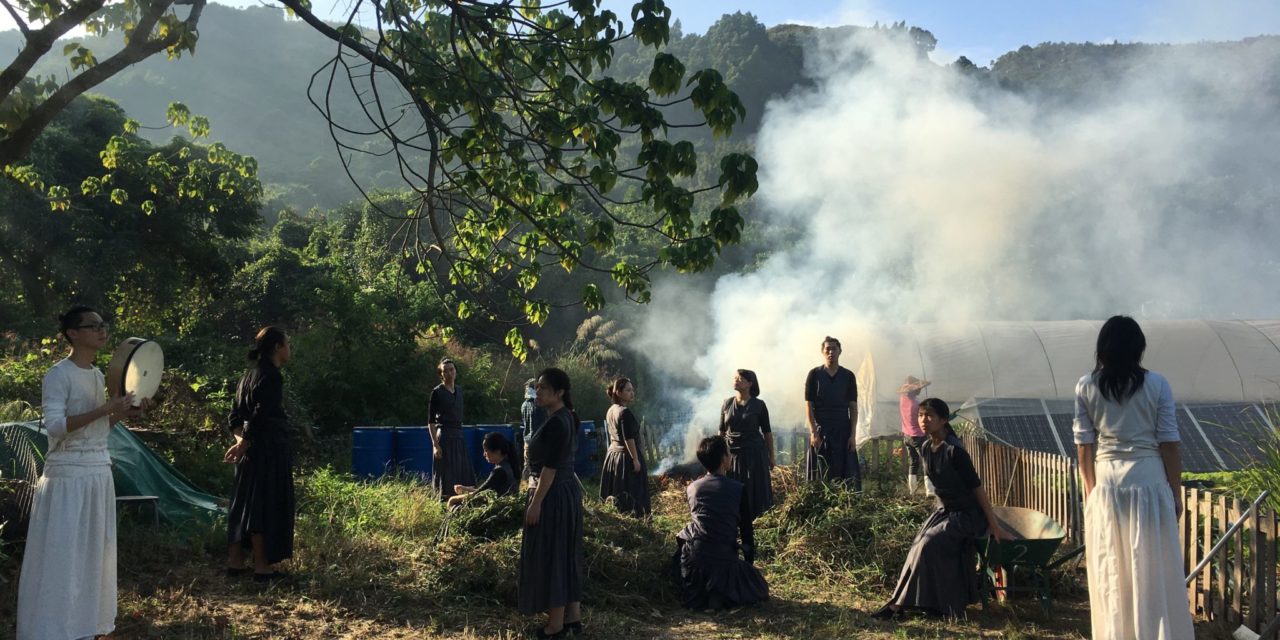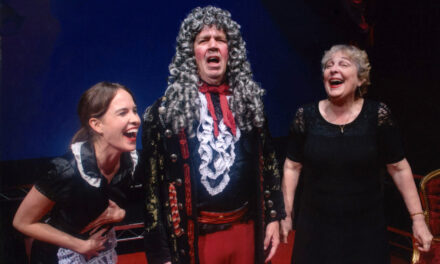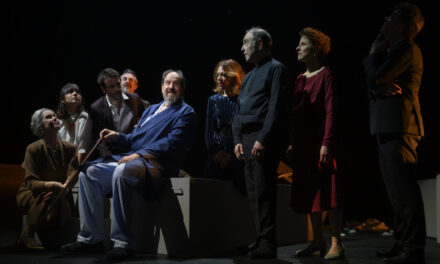Something absolutely terrific happened at Tai Lam Interchange Tunnel Farm in Hong Kong last November, as a heritage theatre was finally conceived in a rightful way that really speaks with a volume of aftertaste.
ThreeWoods Playwright’s production of Wither on the Vine, a piece on looking at the people in Guangzhou, China, back in 1950s during the Land Reform period, is probably the best environmental heritage theatre I have ever seen in Hong Kong.
To my knowledge, heritage theatre in Hong Kong is still emerging. There have been several museum theatre productions performed in the city to serve as educational dramas about local heritage, but those focused much more on delivering historical facts than on employing pathos to let the audience experience the period dramatised.
There is also still an argument on whether an environmental theatre piece is an immersive piece, and though I have my own definition of the term ‘immersive theatre’ (as I mentioned in my recent review on Secret Theatre), the execution of an immersive piece can be varied to suit the purpose of the specific production.
In short, no matter how you define it, it is just a matter of whether it works or not.
Conceived and directed by Cathy Lam, the production Wither on the Vine is obviously clear about its sole purpose: a heritage theatre for the audience to learn about the history of Guangzhou sixty years ago as well as the stories of the people.
The piece, presented on a farm in promenade form, consists of five parts and a prologue. Starting with the physical short piece in the prologue, coached by Mimi Lo and accompanied by live music from the street folk-music ensemble Coelacanth, we can see that the piece tries to invite the audience to feel the history instead of knowing the history. The audience is then guided by a tour guide—we assume that he is sort of supervised by the Communist Party back in the period, yet it is ambiguous—to walk to different spots and see the five parts of the performance.
The five parts include a teenage girl burying twelve urns of family members while another actress, acting as the girl’s voice, delivers a long monologue about her experiences during the period of Land Reform; a couple arguing about whether they should give up the steels they have to the Party; a man smoking and writing ‘big-character posters’ while delivering his own account of the events; another man trying to move the furniture in his house again and again, and eventually needing to get out by attempting to kill the smoking man; a video shown through an old-style television of a man interviewed about eating the landlords and their babies during the era; and, at the end, a story about a widow told by the whole acting ensemble gathered now under a tree.
Clement Lee graduated from Royal Holloway University of London in MA Theatre (Applied Theatre), and earned his BA English degree at University of Central Oklahoma, Lee is a playwright, screenwriter, theatre director, acting workshop convener, and performer in Hong Kong. Lee is a researcher in heritage and immersive theatre.
This article by Clement Lee was originally published on The Typewriter. Reposted with permission. Read the original article.
This post was written by the author in their personal capacity.The opinions expressed in this article are the author’s own and do not reflect the view of The Theatre Times, their staff or collaborators.


















